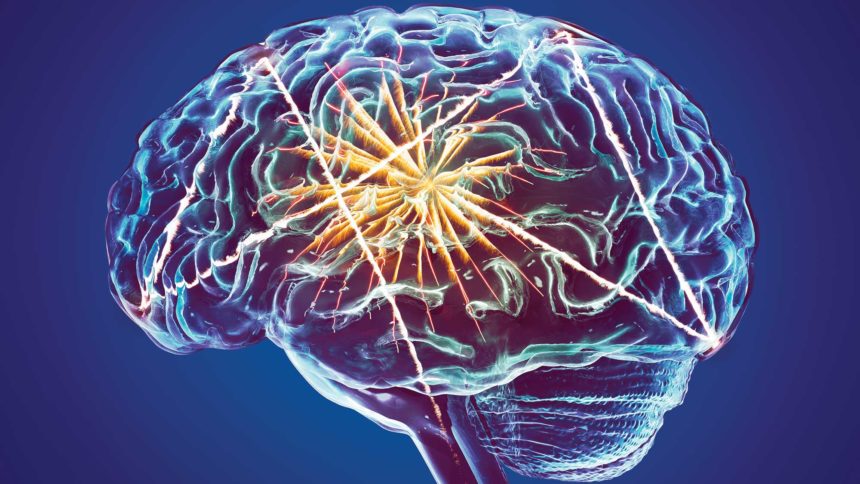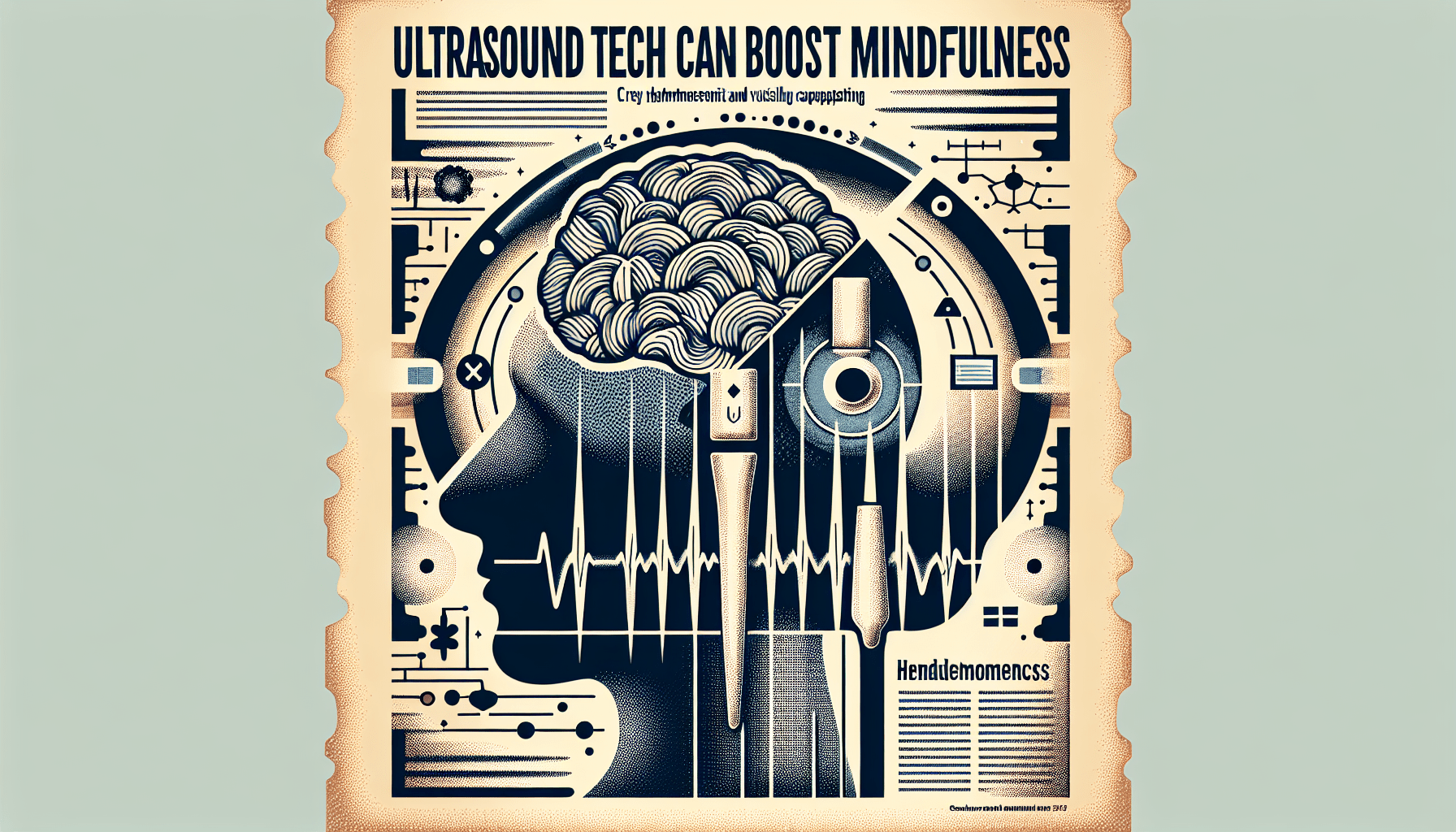Have you ever wondered how mindfulness meditation could help alleviate pain? Mindfulness meditation often brings to mind images of serenity and calm, but its impact extends far beyond mere relaxation. Emerging research reveals that this ancient practice can significantly reduce pain and could possibly be a viable alternative to traditional pain management techniques.

How Does Mindfulness Meditation Work for Pain Relief?
Recent research from the University of California San Diego School of Medicine has shed new light on this question. According to the study published in Biological Psychiatry, mindfulness meditation can alleviate pain in ways that transcend placebo effects. By using advanced brain imaging techniques, researchers discovered that mindfulness meditation has unique ways of reducing both the intensity and unpleasantness of pain.
Differentiating Mindfulness Meditation from Placebos
One significant aspect of the research was comparing mindfulness meditation with a placebo cream and a “sham” meditation practice. The study involved 115 healthy participants who were divided into four groups: a guided mindfulness meditation group, a sham meditation (deep breathing only) group, a placebo cream group, and a control group that listened to an audiobook.
After each intervention, participants were subjected to a painful but harmless heat stimulus on their leg while their brain activity was monitored. The results were striking. Mindfulness meditation outperformed the other methods, significantly reducing both pain intensity and pain unpleasantness.
What the Brain Imaging Revealed
Brain scans during the heat stimulus provided compelling evidence that mindfulness meditation engages entirely different neural pathways than those activated by the placebo effect. The study’s use of a novel approach called multivariate pattern analysis was key to identifying distinct brain activity patterns associated with different aspects of pain experience.
The findings showed that mindfulness-based pain relief reduces synchronization between brain areas involved in introspection, self-awareness, and emotional regulation. These parts of the brain combined make up the neural pain signal (NPS), a recognized pattern of brain activity that is common to pain across different individuals and types of pain.
Differences in Mechanisms
The differences in pain relief mechanisms were quite clear. Placebo treatments engaged entirely separate brain mechanisms with little overlap with those of mindfulness meditation. This distinction challenges the long-standing assumption that placebo effects engage the same brain mechanisms as active treatments.
The Power of Your Mind in Pain Management
“The mind is extremely powerful, and we’re still working to understand how it can be harnessed for pain management,” said Fadel Zeidan, Ph.D., professor of anesthesiology and endowed professor in empathy and compassion research at UC San Diego Sanford Institute for Empathy and Compassion.
Mindfulness meditation enables you to separate pain from your sense of self and to relinquish evaluative judgment. By doing so, it modifies how you experience pain without the need for drugs, costs, or specific settings. This makes it an accessible option for many individuals.
Long-Term Implications for Chronic Pain Sufferers
The study holds significant implications for developing new pain management strategies, especially for those suffering from chronic pain. Chronic pain can significantly impact quality of life, making effective pain management crucial. However, researchers caution that more studies are needed to demonstrate these effects in people who live with chronic pain, as the current study involved healthy participants.
Challenges Ahead
While these findings are promising, translating them into practical, everyday use for chronic pain management requires more extensive research. The unique brain mechanisms involved in mindfulness meditation-driven pain relief still need to be fully understood and compared with those of other pain relief methods.
How to Practice Mindfulness Meditation for Pain Relief
If you’re interested in trying mindfulness meditation to manage your pain, here are some steps to get you started:
- Find a Quiet Space: Locate a place where you feel comfortable and won’t be interrupted.
- Sit Comfortably: Sit in a relaxed position with your back straight.
- Focus on Your Breath: Pay attention to your breathing, focusing on the in-breath and out-breath.
- Acknowledge Sensations: Acknowledge any pain or discomfort without judgment.
- Return to Breath: When your mind wanders, gently bring your focus back to your breath.
Guided Meditations
Various resources offer guided mindfulness meditations specifically designed for pain relief. These can help you stay focused and provide structure to your practice.

Comparative Overview of Pain Relief Methods
To better understand how mindfulness meditation stands out, let’s compare its core attributes with those of traditional pain relief methods:
| Pain Relief Method | Costs | Side Effects | Accessibility | Mechanisms |
|---|---|---|---|---|
| Mindfulness Meditation | None | None | Very high | Engages unique neural pathways |
| Medications | Varies | Potential side effects | Moderate | Alters chemical signals in the brain |
| Physical Therapy | Varies | Low | Moderate | Physical manipulation and exercise |
| Placebo Treatments | None | None | High | Engages separate brain mechanisms than active treatments |
Addressing Potential Concerns
You may have some concerns about incorporating mindfulness meditation into your pain management routine. Here are some common questions and answers to help ease any apprehensions:
Q: I’ve never meditated before. Is it hard to learn?
A: Mindfulness meditation is relatively simple to learn and can be adapted to fit your needs. There are numerous resources, including apps and online courses, designed for beginners.
Q: How long does it take to see results?
A: The time it takes can vary from person to person. Some people feel relief after just one session, while for others, it may take a few weeks of regular practice.
Q: Can I combine mindfulness meditation with other pain relief methods?
A: Absolutely. Mindfulness meditation can be complementary to other pain relief strategies, whether they involve medications, physical therapy, or alternative treatments.
Getting Started
Now that you understand the potential benefits and mechanisms behind mindfulness meditation for pain relief, it might be worthwhile to give it a try. You don’t need any special equipment or a specific setting – just a few minutes of your time each day. Even if significant results aren’t immediate, the practice may help you manage stress and improve overall well-being, which can contribute to a more comprehensive pain management strategy.
The Role of Healthcare Professionals
As research into the efficacy of mindfulness meditation for pain relief continues, healthcare professionals will likely play an essential role in integrating mindfulness practices into pain management protocols. Physicians, psychologists, and physical therapists can support you in learning and maintaining a mindfulness meditation practice tailored to your specific needs.
Seeking Professional Guidance
If you’re interested in adding mindfulness meditation to your pain management plan, it might be beneficial to consult healthcare providers who specialize in holistic or integrative medicine. They can guide you through the initial stages and help ensure that the practice complements other aspects of your treatment.
Future Directions
The promising results of this research pave the way for further exploration into how mindfulness meditation can help manage different types of pain and possibly other medical conditions. Future studies could focus on:
- Chronic Pain: Examining the long-term effects of mindfulness meditation on chronic pain sufferers.
- Different Pain Types: Understanding how this practice affects various kinds of pain, from headaches to fibromyalgia.
- Combined Therapies: Investigating how mindfulness meditation can work alongside other treatments for more effective pain management.

Conclusion
Mindfulness meditation presents a compelling case for integration into pain management strategies. Its unique impact on the brain’s neural pathways sets it apart from placebos and traditional pain relief methods. While further research is necessary, the current findings offer a hopeful outlook for those seeking non-pharmacological options for pain relief. By understanding and harnessing the power of your mind, you can take proactive steps in managing your pain more effectively.
Implementing mindfulness meditation in your daily routine could offer an invaluable tool for not just pain relief but also enhancing your overall well-being. Whether you’re a long-term chronic pain sufferer or someone dealing with temporary discomfort, mindfulness meditation holds potential as a powerful, drug-free pain management technique.



